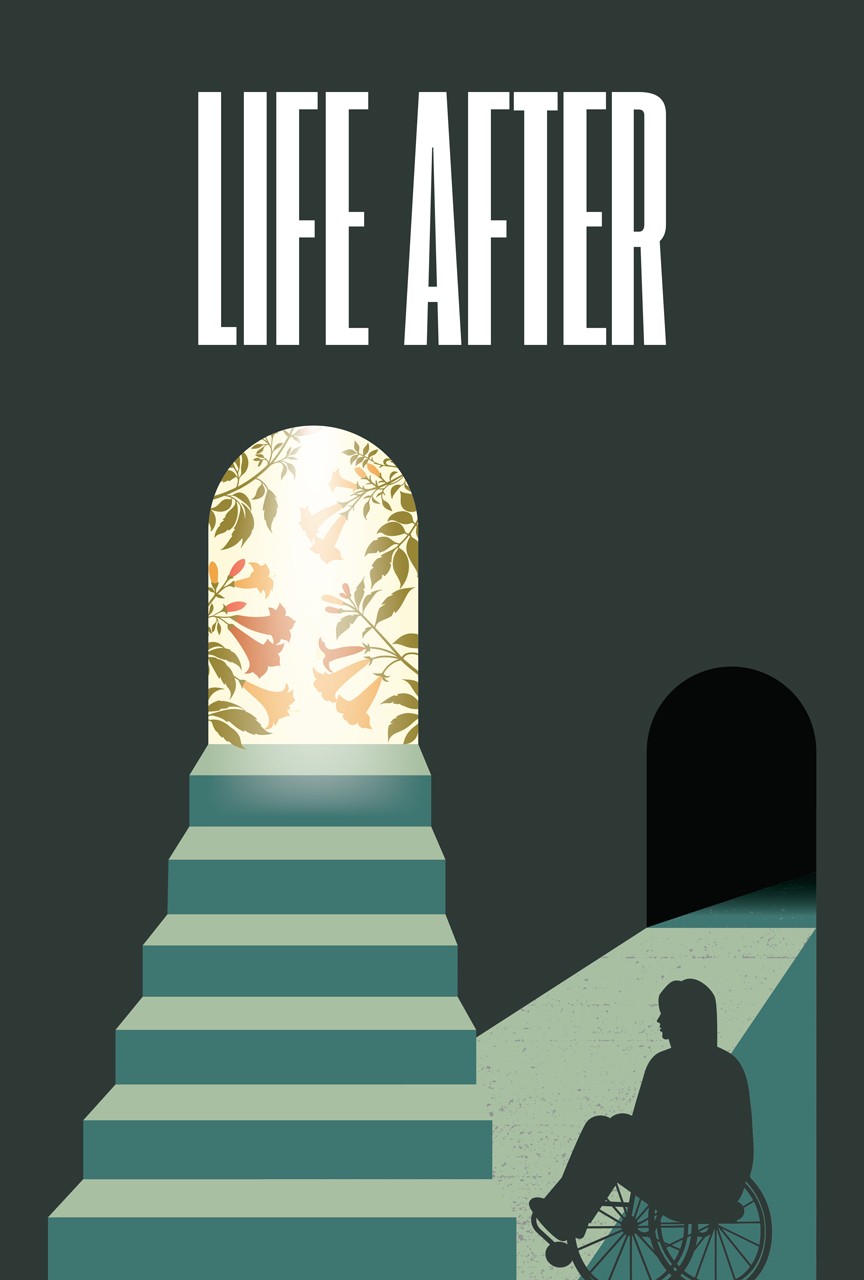Life After
Premiered November 03, 2025
Directed by
Reid Davenport
A filmmaker investigates assisted dying through the lens of disabled voices missing from the debate.
Watch Now

Make Peace or Die: Honor the Fallen
A Marine veteran hand-carves battlefield crosses to reconnect with Gold Star families of the fallen and find healing.





